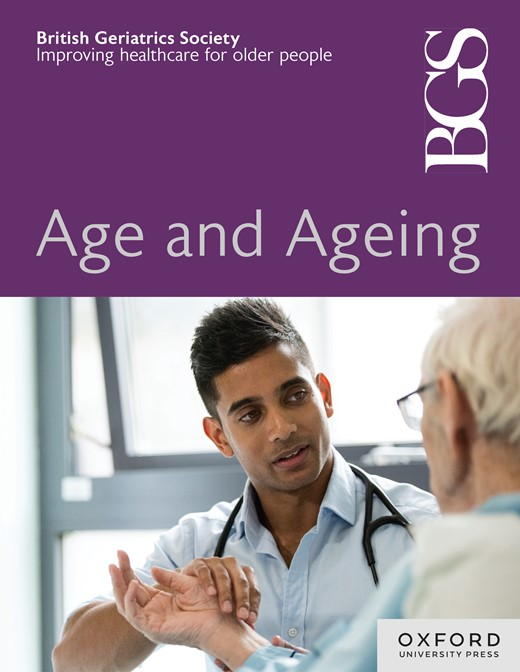Prediction models for severe treatment-related toxicities in older adults with cancer: a systematic review
IF 6
2区 医学
Q1 GERIATRICS & GERONTOLOGY
引用次数: 0
Abstract
Background Ageing increases the risk of treatment-related toxicities (TRT) in patients with cancer. This systematic review provided an overview of existing prediction models for TRT in this population and evaluated their predictive performances. Methods A systematic search was conducted in MEDLINE (Ovid), Embase, PubMed, CINAHL and CENTRAL (Cochrane Central Register of Controlled Trials) databases for studies developing severe TRT prediction models in older cancer patients published between 1 January 2000 and 31 October 2023. The included models were summarised and assessed using the Prediction Model Risk of Bias Assessment Tool (PROBAST). Results Out of the 6192 studies identified through literature searching, 12 studies involving 90 819 participants met the inclusion criteria. About 15 prediction models (9 (60%) for diverse cancer types; 6 (40%) for specific cancer types) were analysed. The models included between 4 and 11 variables. The most common predictors were physical function (n = 12, 80%), performance status (n = 5, 33.3%) and the MAX2 index (n = 5, 33.3%). About 2 models (13.3%) had external validation, 9 (60.0%) had internal validation and 6 (40.0%) lacked any validation. All studies were assessed to have a high risk of bias according to the PROBAST criteria. Conclusion This systematic review demonstrated that existing prediction models for TRT exhibited moderate discrimination ability in older patients with cancer, with significant heterogeneity in clinical settings and predictive variables. Standardised procedures for developing and validating prediction models are essential to improve the prediction of severe TRT in this vulnerable population.老年癌症患者严重治疗相关毒性预测模型:系统综述
衰老会增加癌症患者发生治疗相关毒性(TRT)的风险。本系统综述概述了该人群TRT的现有预测模型,并评估了它们的预测性能。方法系统检索MEDLINE (Ovid)、Embase、PubMed、CINAHL和CENTRAL (Cochrane CENTRAL Register of Controlled Trials)数据库,检索2000年1月1日至2023年10月31日发表的老年癌症患者重度TRT预测模型的研究。使用预测模型偏倚风险评估工具(PROBAST)对纳入的模型进行总结和评估。结果通过文献检索,共纳入6192项研究,12项研究共纳入90819名受试者,符合纳入标准。约有15种预测模型(9种(60%)用于多种癌症类型;6例(40%为特定癌症类型)进行了分析。这些模型包括4到11个变量。最常见的预测因子是身体机能(n = 12, 80%)、表现状态(n = 5, 33.3%)和MAX2指数(n = 5, 33.3%)。2个(13.3%)模型进行了外部验证,9个(60.0%)模型进行了内部验证,6个(40.0%)模型未进行任何验证。根据PROBAST标准,所有研究均被评估为具有高偏倚风险。结论本系统评价表明,现有的TRT预测模型对老年癌症患者具有中等的识别能力,但临床环境和预测变量存在显著的异质性。开发和验证预测模型的标准化程序对于改进对这一脆弱人群中严重TRT的预测至关重要。
本文章由计算机程序翻译,如有差异,请以英文原文为准。
求助全文
约1分钟内获得全文
求助全文
来源期刊

Age and ageing
医学-老年医学
CiteScore
9.20
自引率
6.00%
发文量
796
审稿时长
4-8 weeks
期刊介绍:
Age and Ageing is an international journal publishing refereed original articles and commissioned reviews on geriatric medicine and gerontology. Its range includes research on ageing and clinical, epidemiological, and psychological aspects of later life.
 求助内容:
求助内容: 应助结果提醒方式:
应助结果提醒方式:


